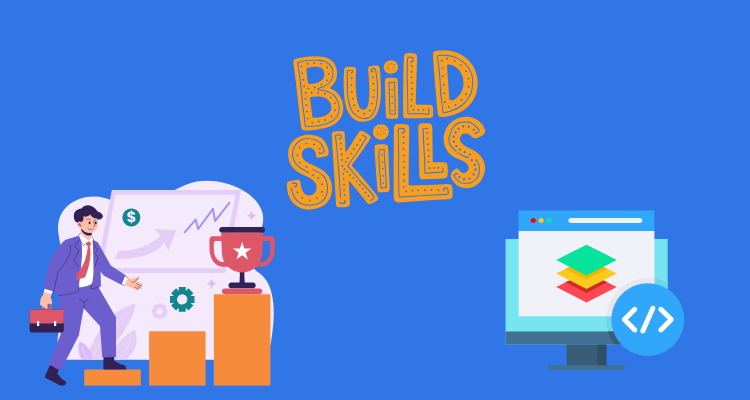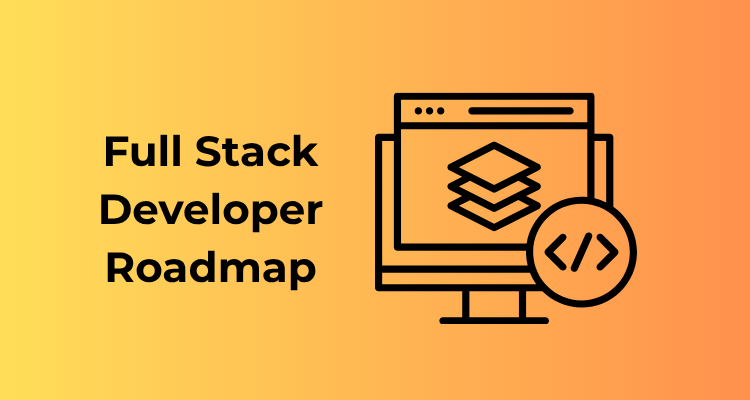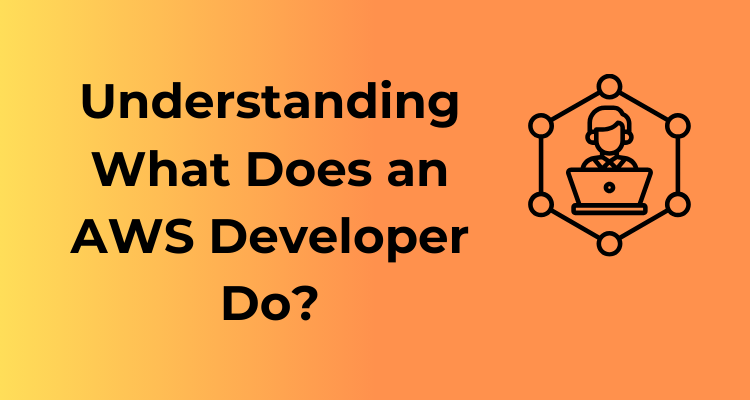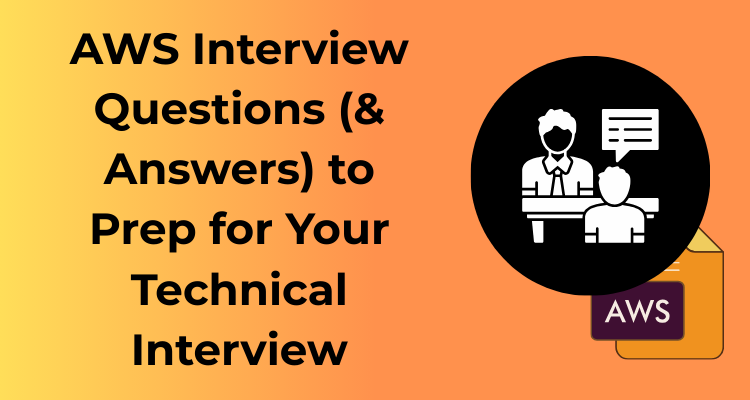A Full Stack Developer is a professional proficient in both front-end and back-end development, capable of handling all aspects of web application creation. This includes designing user interfaces, managing server-side logic, and maintaining databases. Their versatility allows them to work on the complete technology stack, ensuring seamless integration between various components of a web application.
In the current technological landscape, Full Stack Developers are highly sought after due to their ability to contribute across multiple facets of software development. Their comprehensive skill set enables them to adapt to various project requirements, making them invaluable assets to tech teams. According to a report by Scaler in August 2023, the demand for skilled full-stack developers continues to soar in 2024.
This trend is driven by the increasing need for web applications and the advantage of having versatile developers who can manage both client-side and server-side tasks efficiently.
Pursuing a career in full-stack development not only offers diverse opportunities across industries but also positions professionals to effectively tackle the challenges of modern web development.
Front-End Development
- HTML and CSS
- JavaScript
- Front-End Frameworks
Back-End Development
- Server-Side Languages
- Introduction to Node.js, Python, Java, and PHP:Node.js allows JavaScript to be used on the server-side, known for its fast and scalable features. Python is popular for its readability and vast libraries, making it great for rapid development. Java is a strong, versatile language commonly used in enterprise-level applications. PHP is widely used for web development and integrates well with databases.
- Selecting a language based on project requirements:The choice depends on the project’s complexity, performance needs, and team expertise. For real-time applications, Node.js is preferred, while Python is often used for machine learning and data-heavy tasks. Java is best for large-scale, high-performance systems, and PHP works well for simpler web applications.
- Frameworks and Libraries
- Express.js for Node.js:A minimal and flexible Node.js web application framework, Express.js simplifies the process of creating robust APIs and web applications with its many built-in features.
- Django for Python:Django is a high-level Python framework that promotes rapid development with clean, pragmatic design. It comes with several built-in features for security, scalability, and management.
- Spring Boot for Java:Spring Boot makes Java-based development easier by reducing the need for boilerplate code and providing a range of tools to help create production-ready applications.
- Database Management
- Understanding SQL and NoSQL databases:SQL databases (Structured Query Language) use structured tables to store data, while NoSQL databases are more flexible and can handle unstructured data. SQL databases (like MySQL, PostgreSQL) are ideal for complex queries, while NoSQL databases (like MongoDB) excel in scalability and handling large volumes of varied data types.
- Popular databases: MySQL, PostgreSQL, MongoDB:
- MySQL is a widely used open-source relational database that is known for its reliability and ease of use.
- PostgreSQL is an advanced open-source SQL database known for its extensibility and standards compliance.
- MongoDB is a NoSQL database that stores data in flexible, JSON-like documents, making it ideal for applications needing high availability and scalability.

Version Control and Collaboration
- Git
- Basic commands and workflows: Git is a distributed version control system widely used for tracking code changes. Essential Git commands include
git init(to initialize a repository),git clone(to copy a repository),git add(to stage changes),git commit(to save changes), andgit push(to upload changes to a remote repository). These basic workflows allow developers to collaborate seamlessly by managing code versions. - Branching and merging strategies:Branching in Git allows developers to work on features or bug fixes independently of the main codebase (master or main branch). When development is complete, merging brings the changes back into the main branch. Common strategies include feature branching (one branch per feature) and Gitflow, where branches like develop and hotfix are used to manage different stages of development.
- Basic commands and workflows: Git is a distributed version control system widely used for tracking code changes. Essential Git commands include
- Platforms
- GitHub, GitLab, and Bitbucket for code hosting and collaboration:
- GitHub is the most popular platform for open-source projects and collaboration, offering features like issue tracking, project management, and continuous integration (CI).
- GitLab provides a robust platform for DevOps practices, offering integrated CI/CD tools. It is often used for internal private repositories.
- Bitbucket is another platform used for version control, especially by teams using the Atlassian suite, and supports both Git and Mercurial. These platforms allow developers to host repositories, collaborate on code, and review pull requests for improved project management.
- GitHub, GitLab, and Bitbucket for code hosting and collaboration:
DevOps and Deployment
- Containerization
- Continuous Integration and Continuous Deployment (CI/CD)
- Jenkins is an open-source automation server that supports building CI/CD pipelines and integrates with a wide range of tools.
- Travis CI is a cloud-based CI service that integrates seamlessly with GitHub, providing simple setup for automated builds.
- GitHub Actions is a built-in automation tool in GitHub that allows developers to create workflows directly in their repositories for CI/CD, automating tasks like testing, building, and deploying code.
- Cloud Platforms
- AWS (Amazon Web Services) is the leading cloud platform offering a wide range of services for computing, storage, and networking, making it ideal for startups to enterprises.
- Azure is Microsoft’s cloud platform, popular in enterprises, and integrates well with other Microsoft services.
- Google Cloud provides powerful tools for machine learning, data analytics, and scalable app deployment. These platforms enable developers to deploy apps globally, scale them as needed, and pay only for the resources they use.

Soft Skills and Career Development
- Problem-Solving and Analytical Thinking
- Full stack developers often face complex coding challenges and system issues. Strong problem-solving and analytical thinking skills are crucial to breaking down problems, understanding their root cause, and implementing effective solutions. These skills help developers write efficient code, optimize applications, and troubleshoot errors.
- Communication and Collaboration
- Working in a team environment requires clear communication to ensure that everyone is aligned on project goals. Developers must effectively communicate technical details to team members, collaborate with designers, project managers, and other developers, and contribute to productive discussions. Good collaboration also includes understanding how to use tools like Slack or Trello to track progress and share information efficiently.
- Building a Portfolio
- Showcasing projects on platforms like GitHub:A strong portfolio helps full-stack developers stand out in the job market. Uploading and maintaining projects on GitHub demonstrates coding ability and familiarity with version control, making it easy for potential employers to review your work. Public repositories also show transparency and an eagerness to collaborate in the open-source community.
- Creating a personal website to highlight skills and projects:Building a personal website allows developers to showcase their skills, projects, and experience in a professional, organized manner. It’s an opportunity to highlight key projects, demonstrate proficiency in front-end and back-end technologies, and make a lasting impression on employers or clients. A portfolio website also shows initiative and an understanding of web development principles.
Conclusion
- The importance of continuous learning in full-stack development:
- Staying updated with emerging technologies and industry trends:









